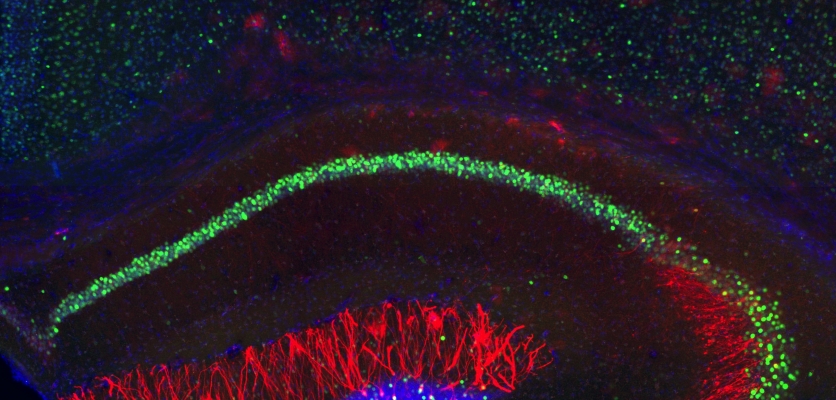MIT study also pinpoints where the brain stores memory traces, both false and authentic.
The phenomenon of false memory has been well-documented: In many court cases, defendants have been found guilty based on testimony from witnesses and victims who were sure of their recollections, but DNA evidence later overturned the conviction.
In a step toward understanding how these faulty memories arise, MIT neuroscientists have shown that they can plant false memories in the brains of mice. They also found that many of the neurological traces of these memories are identical in nature to those of authentic memories.
“Whether it’s a false or genuine memory, the brain’s neural mechanism underlying the recall of the memory is the same,” says Susumu Tonegawa, the Picower Professor of Biology and Neuroscience and senior author of “Creating a false memory in the hippocampus” paper published in the July 25 edition of Science…



